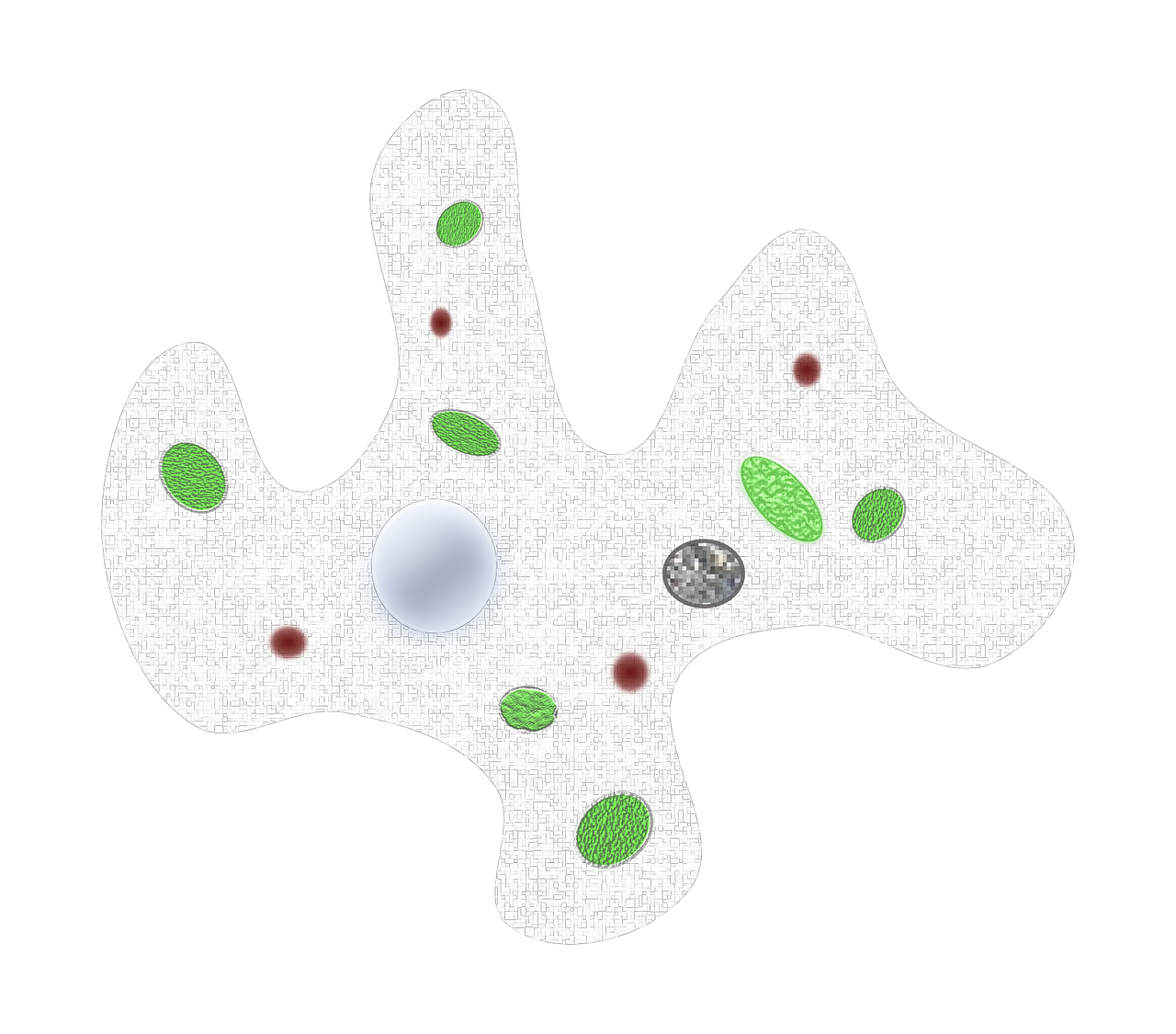Introduction

Amoebiasis is an infection due to organism Entamoeba histolytica. In amoebic dysentery there is diarrhoea with blood and mucus in stools. It mainly affects the intestinal wall and spreads to other organs. The disease is more common in warm climates and unhygienic conditions. Only few of infected people are symptomatic.
Cause
Entamoeba histolytica is unicellular organisms which has 2 phases in life cycle, the vegetative or trophozoite form and the cystic form. Trophozoite are the mobile active forms which affect the intestinal wall. Cysts are the inactive form which come out through stools and spread infection.The cysts range from 5 to 20 micron and have 1 to4 nuclei. Trophozoite cannot spread infection because they don’t live for more than few hours and also are digested by gastric fluid.
Disease

Amoebic dysentery is seen in few cases. The stools are sticky and have foul smell but at times may be flowing and painful . They cause ulcers in the mucosa. The formation of granulation tissue may create a mass in the bowel called amoeboma. The amoebae may be carried away from the intestines to the liver. Here they form focal necrosis and abscess characterised by pain, fever and weakness. The abscess is reddish brown with chocolate brown pus.
Diagnosis
Sticky stools with foul smell and finding trophozoite or cyst. For liver disease blood tests like Indirect Haemagluttination assay and ELISA are used. USG can be used for liver abscess detection.
Complications
Intestinal perforation, bleeding and strictures. Lung involved from liver abscess.
Prevention
Safe drinking water Proper sewage disposal Personal hygiene Avoid eating raw vegetables and salads especially in unhygienic sites. Cysts can be killed by boiling water but not by chlorinated water. Prevent food and water contamination. Treatment of cooks and chefs.